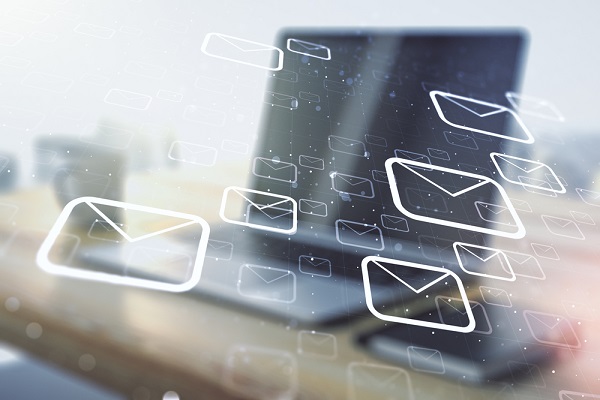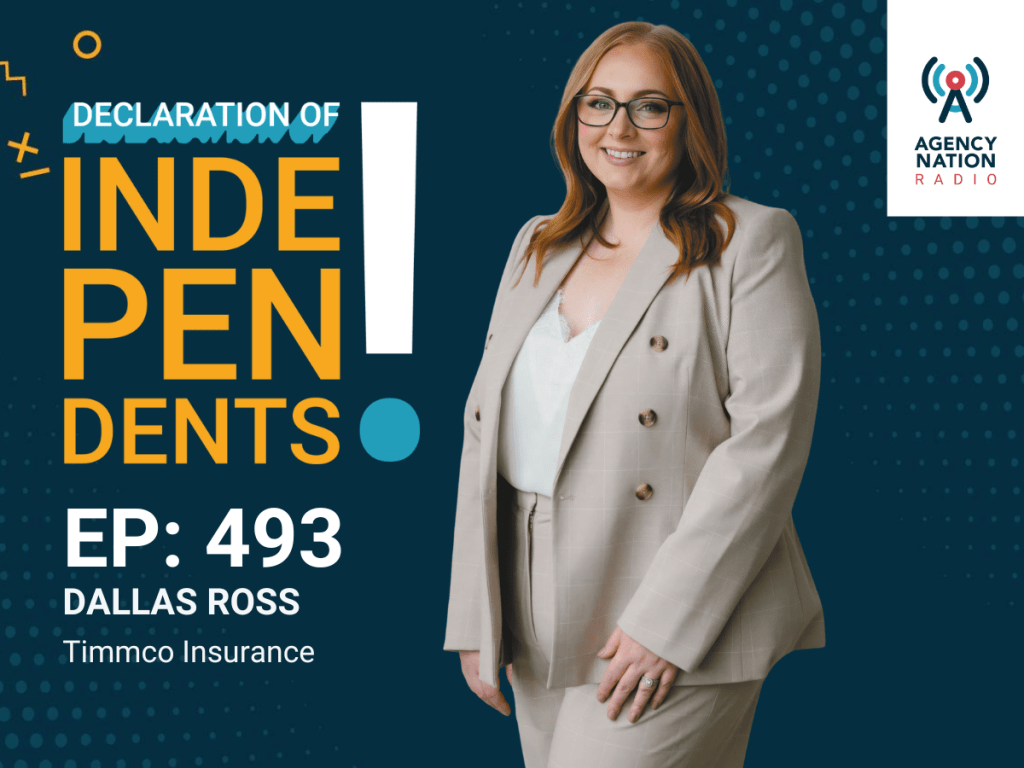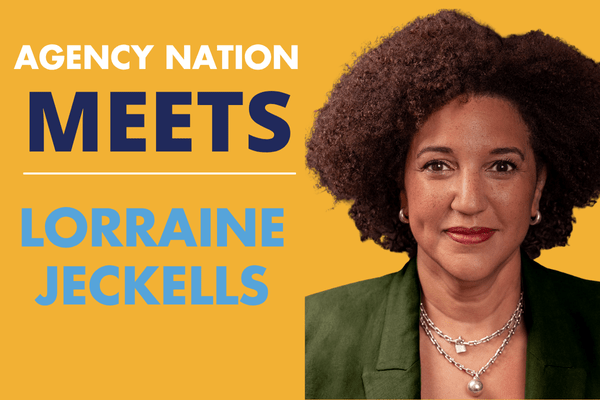6 Steps to Success with Email Automation

By: Peter van Aartrijk
Effective communication is the cornerstone of any successful insurance agency. Today, email remains a powerful tool for not only educating and informing customers but also establishing loyalty and confidence.
Email can be used to help your customers better understand the value of their coverage, foster a positive relationship with you as their insurance agent and ultimately contribute to long-term customer retention and satisfaction.
However, keeping up with the volume of emails needed to achieve this can overwhelm an agency, which is why it’s crucial to leverage email automation to streamline your marketing strategy and harness email communication’s potential.
Email automation involves sending emails to a predefined list of recipients based on certain triggers or schedules. It allows an agency to reach its audience at the right time with relevant content, nurture leads and guide customers through the customer journey.
To get started, you’ll need a system that offers robust automation and sequencing capabilities. Your agency management system (AMS) may offer automated email features and vendors often provide additional guidance about features you are not using. Meanwhile, leading platforms such as Mailchimp, HubSpot, Constant Contact and ActiveCampaign provide a range of automated features, including drip campaigns, segmentation and personalization.
When assessing what marketing automation provider to use, consider factors like ease of use, integration with your existing tools, scalability, and customer support. Many platforms offer free trials. Test a few to see which one works best for you.
Make sure you keep in mind your agency’s business goals and customer journey. Identify key touchpoints where automated emails can add value, such as welcoming new customers, guiding them through the onboarding process, reengaging dormant leads, or nurturing prospects with educational content.
Consider creating a flowchart of your customers’ journeys to map out potential automation points. This will help you visualize the sequence of emails and the triggers required to deliver a seamless and relevant experience.
How to Automate Your Emails
Once you know the email provider you’ll use and are clear on your agency’s needs, here are some practical ways to apply email automation:
1) Segmentation. One of the most impactful applications of email automation and data analytics in the insurance industry is segmentation. By categorizing customers into specific groups based on factors like age, location, coverage type and claims history, agents can tailor their communication and services to better meet the unique needs of each segment.
For example, one agent segmented her customer database by commercial auto and personal auto. Business customers received a quarterly newsletter featuring fleet management tips. Personal auto customers received a monthly safe driving bulletin that included seasonal driving tips and distracted driving statistics. This targeted approach strengthened customer relationships, improving customer retention and profitability.
Also, try at least two different subject lines for your emails. This is called “A/B testing,” which means you can send two versions of the same email. Have some fun with this. You’ll build a knowledge base about action words or calls-to-action that perform better in generating responses. The more you test, the more you’ll understand what works for you.
2) Drip campaign. A drip campaign is a series of emails that are automatically sent to customers or prospects at designated points over predetermined intervals. Use it as a strategic tool to build lasting relationships. It is highly effective for nurturing leads and guiding them through the sales funnel. The best drip campaigns contain engaging content that gradually builds trust and showcases the value of your products or services.
One agent used a drip campaign to educate his potential customers about the complexities of commercial business insurance. Over the course of a month, he sent a series of emails featuring different coverage options, case studies and success stories, leading to an increase in inquiries and policy purchases.
Another agent analyzed data from customer engagement and realized many prospects were dropping off after receiving a quote. To nurture these prospects, he implemented an automated drip campaign to highlight the value of working with him by providing loss control tips and the benefits of coverage options. This led to a significant increase in quote conversions.
3) Personalization. Not surprisingly, personalized emails with tailored recommendations and content resonate more with recipients and drive higher engagement rates. That’s why it is important to leverage data from your customer relationship management (CRM) or AMS to include the recipient’s name, location and past interactions with your firm.
When to Use Email Automation
Email automation isn’t just about streamlining your workflow. It is about delivering timely and relevant messages to your audience. Here are some scenarios where email automation can be a game changer:
4) Monthly newsletter with seasonal updates. Keep your customers informed and engaged by sending monthly newsletters with updates on your products, services or insights about your customers’ industries or personal insurance situations. Use automation to schedule these newsletters ahead of time, ensuring consistent communication even during busy periods.
5) Sequencing campaign for email sign-ups. Welcome new customers with a well-crafted series of emails that introduces them to your brand and values. The automated series should provide valuable content, showcase your services and remind customers to update their insurance policies, if applicable.
6) Re-engagement campaign. Use email automation to reengage prospects who haven’t interacted with your emails or bought coverage. Craft compelling messages that remind them of the value you offer and entice them to act and engage.
Email automation is a dynamic tool that can revolutionize your agency’s communication strategy. By choosing the right marketing automation system, assessing your business goals and implementing effective automation techniques, you can create personalized, timely and engaging email campaigns that drive meaningful interactions with your audience.
Peter van Aartrijk is principal at insurance branding firm Aartrijk. This article was originally published on the Trusted Choice® blog.










